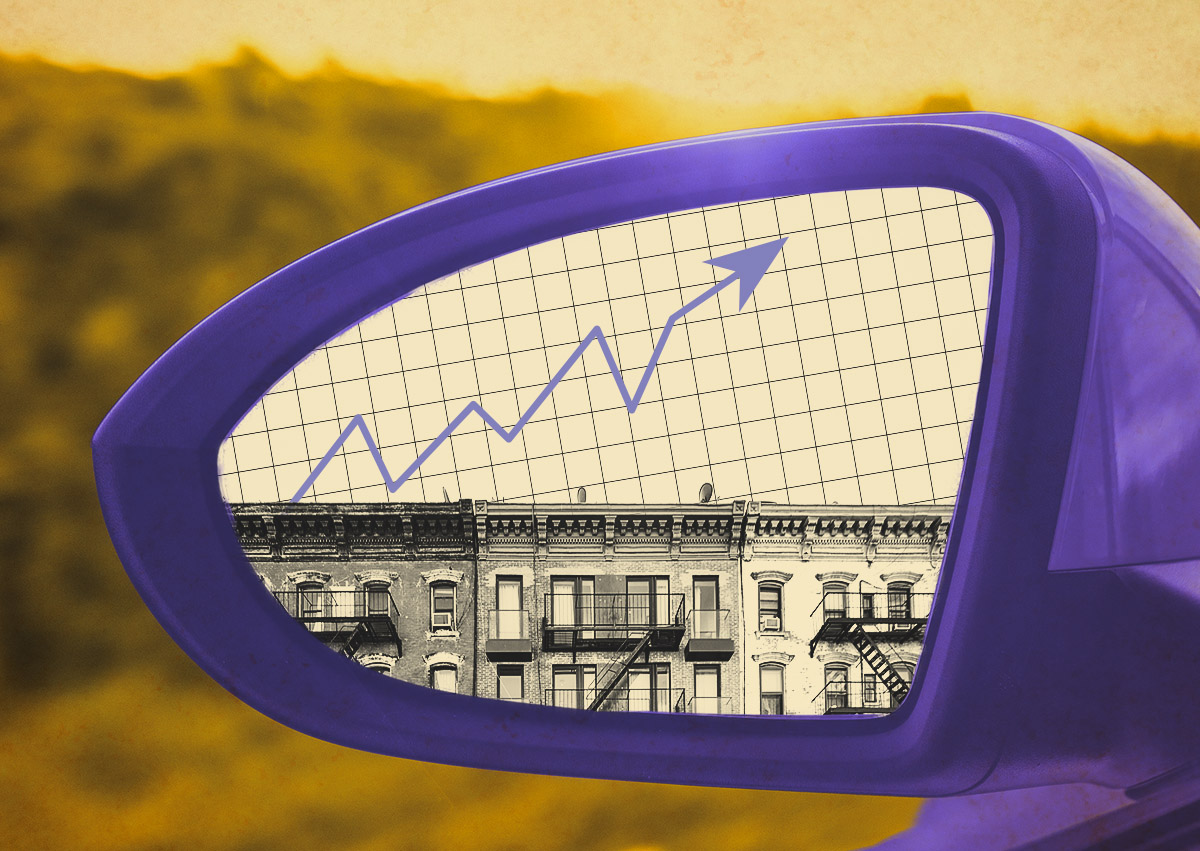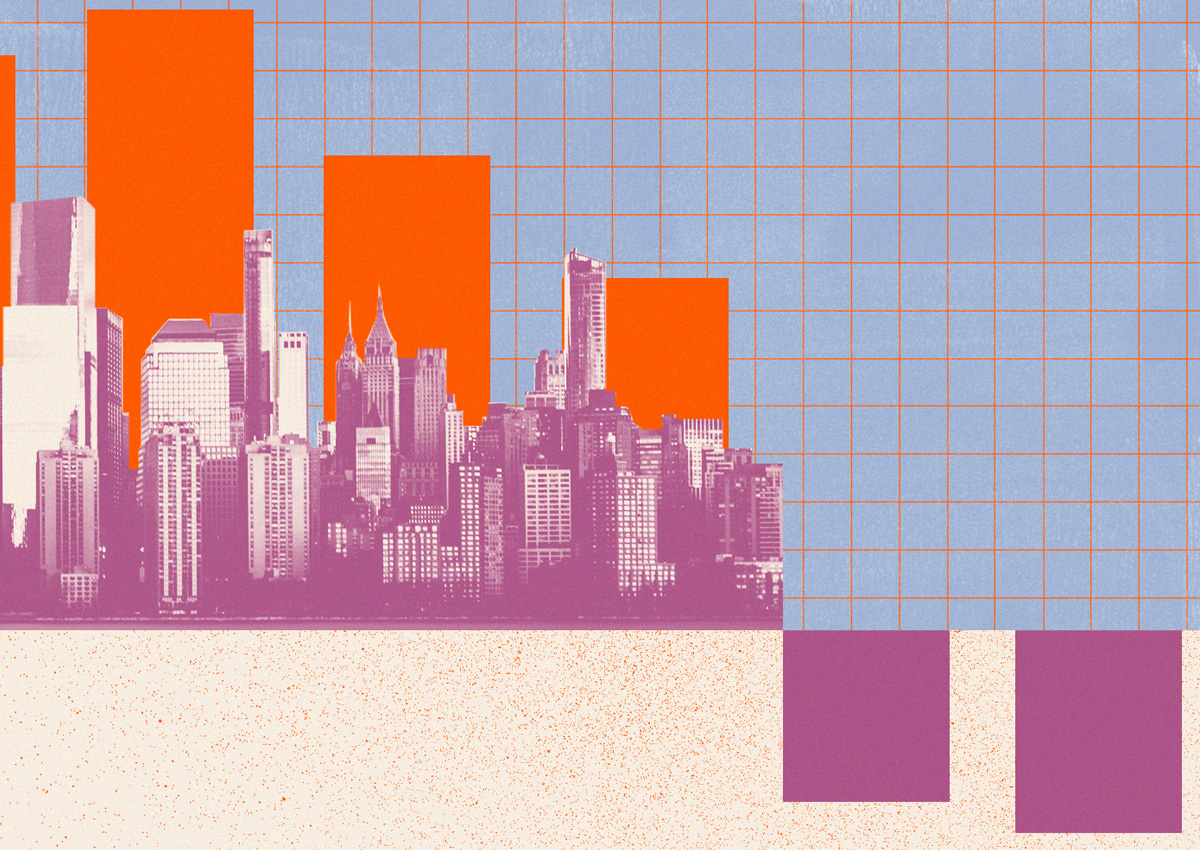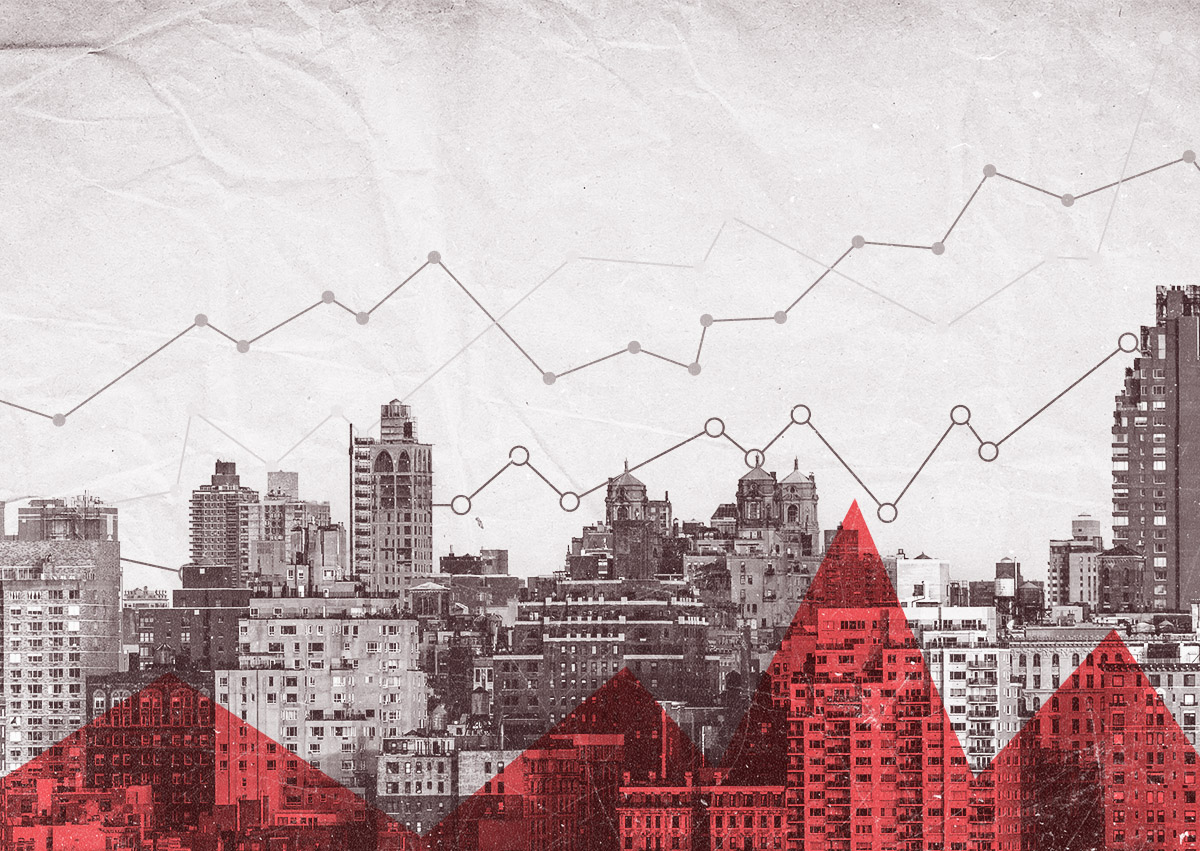New York City’s Housing Crunch Is the Worst It Has Been in Over 50 Years
Only 1.4 percent of the city’s rentals were available in 2023, according to new data, the lowest portion since 1968. The market was even tighter for lower-cost apartments.
The city is not building enough rental apartments to keep up with the demand for housing.Credit...Janice Chung for The New York Times
New York City’s housing crunch is the worst it has been in more than 50 years.
The portion of rentals that were vacant and available dropped to a startling 1.4 percent in 2023, according to city data released on Thursday. It was the lowest vacancy rate since 1968 and shows just how drastically
home construction lags behind the demand from people who want to live in the city.
Housing experts often consider a “healthy” vacancy rate to be somewhere around 5 to 8 percent. A higher vacancy rate typically means it is easier for people to find apartments when they want to move. It also means that property owners are more likely to have to compete for renters, conditions that would moderate rent increases.
The data suggests New York City’s housing crisis is only getting worse, especially during the economic rebound from the coronavirus pandemic. The 1.4 percent rate was down from 4.5 percent in 2021, the last time the survey was conducted. New York officials consider a vacancy rate of less than 5 percent a “housing emergency.”
“The data is clear: The demand to live in our city is far outpacing our ability to build housing,” Mayor Eric Adams said in a statement announcing the numbers on Thursday. “New Yorkers need our help, and they need it now.”
The scale of the problem is putting more pressure on officials to do something about it. High housing costs continue to force families and working class people out of the city, threatening the economy. An influx of migrants has overwhelmed the city’s homeless shelter system, and homelessness among
non-migrants is also on the rise.
What to Know About Affordable Housing in New York
Card 1 of 5
A worsening crisis. New York City is in a dire housing crunch,
exacerbated by the pandemic, that has made living in the city more expensive and increasingly
out of reach for many people. Here is what to know:
A longstanding shortage. While the city always seems to be building and expanding,
experts say it is not fast enough to keep up with demand. Zoning restrictions, the cost of building and the ability by politicians to come up with a solution are among the barriers to increasing the supply of housing.
Rising costs. The city
regulates the rents of many apartments, but more than one-third of renters in the city are still severely rent-burdened, meaning they spend more than 50 percent of their income on rent, according to city data. Property owners say higher rents are necessary for them to deal with the growing burden of taxes and rising expenses for property maintenance.
Public housing. Thousands of people are on waitlists for public housing in buildings overseen by the New York City Housing Authority. But it has been years since the city’s public housing system has received enough funds to deal with the many issues that
have made it an emblem of neglect, and plummeting rent payments from residents
threaten to make things worse.
In search of solutions. Mayor Eric Adams has unveiled
a plan to address the housing crisis that includes expanding affordable housing through incentives for developers. The speaker of the City Council, meanwhile,
has proposed converting the open spaces on public housing used for gardens and parking lots into new buildings. Developers
have also announced a plan to transform a hotel near J.F.K. into affordable housing under a state program
Housing experts estimate that the number of homes the city needs to build is in the hundreds of thousands.
So far, however, the city and state have not made moves that could accelerate enough housing development to solve the crisis.
State lawmakers
failed last year to pass several major housing proposals, including a push by Gov. Kathy Hochul to increase development in the suburbs. This year, less ambitious measures appear to
be stuck in limbo, as the real estate industry, labor unions and tenant advocates remain at an impasse over
tax incentives for new construction and tenant protections.
Ms. Hochul said in a statement on Thursday that the survey was “the latest reminder that we can only build our way out of this crisis.”
“There’s no time to waste,” she said.
Mr. Adams has proposed local solutions, like
an overhaul of the city’s zoning code. He estimates that the changes could make way for as many as 100,000 additional homes in the coming years. They would need to be approved by the City Council, and a vote could come as early as the fall.
But city officials acknowledge that these changes would be modest and not have much effect without state action.
“We need our leaders in Albany and New York City to take immediate action on a coordinated plan that helps build up our housing supply,” Rachel Fee, the executive director of the New York Housing Conference, a nonprofit that favors more development, said in a statement.
The data released on Thursday was collected in the first half of 2023 as part of a survey run by the U.S. Census Bureau every three years. The first survey was conducted in 1965.
In many ways, the results affirm the experience of many New Yorkers.
Rents plummeted at the height of the pandemic as people moved away and the vacancy rate increased. But as people have moved back to the city, rents have reached some of the highest levels ever over the past two years. The median rent on new Manhattan leases in December 2023, for example, was $4,050, according to the brokerage Douglas Elliman.
The vacancy rate is calculated by first totaling the number of homes “available to rent” in the city. This does not include vacant apartments that are “dilapidated” or empty because the owner uses the unit as a pied-à-terre or a short-term rental, like an Airbnb.
Then, that number — about 33,210 units in 2023 — is divided by the roughly 2.3 million total rental homes in the city that are either available or occupied by tenants.
ADVERTISEMENT
SKIP ADVERTISEMENT
The vacancy rate dropped to 1.4 percent even as the city added some 60,000 homes over the past two years, according to the city data. In the last survey before the pandemic, in 2017, the vacancy rate was 3.63 percent.
As in previous years, the data also shows how the housing crisis hits New York’s lowest-income people the hardest. The vacancy rate of apartments that rent below $1,650 per month — around the citywide median — was less than 1 percent. The typical New York City household, which has an income of about $70,000, spent more than half of that income on rent, the survey showed.
Somewhat surprisingly, however, the crunch is now hitting higher-rent apartments, too. Fewer than 4 percent of apartments renting for more than $2,400 were available in 2023, according to the survey, less than half of similar estimates in 2021 and 2017.



